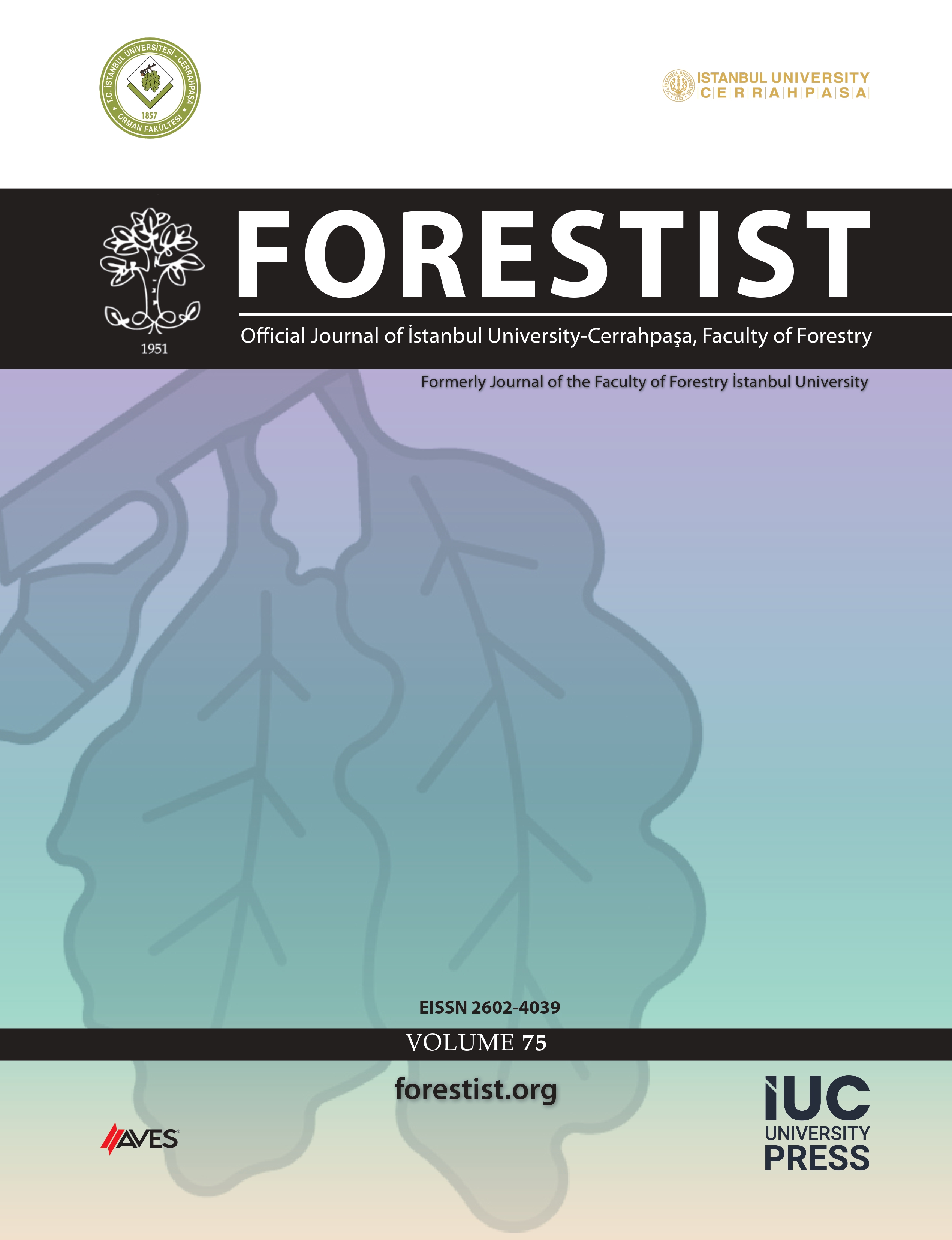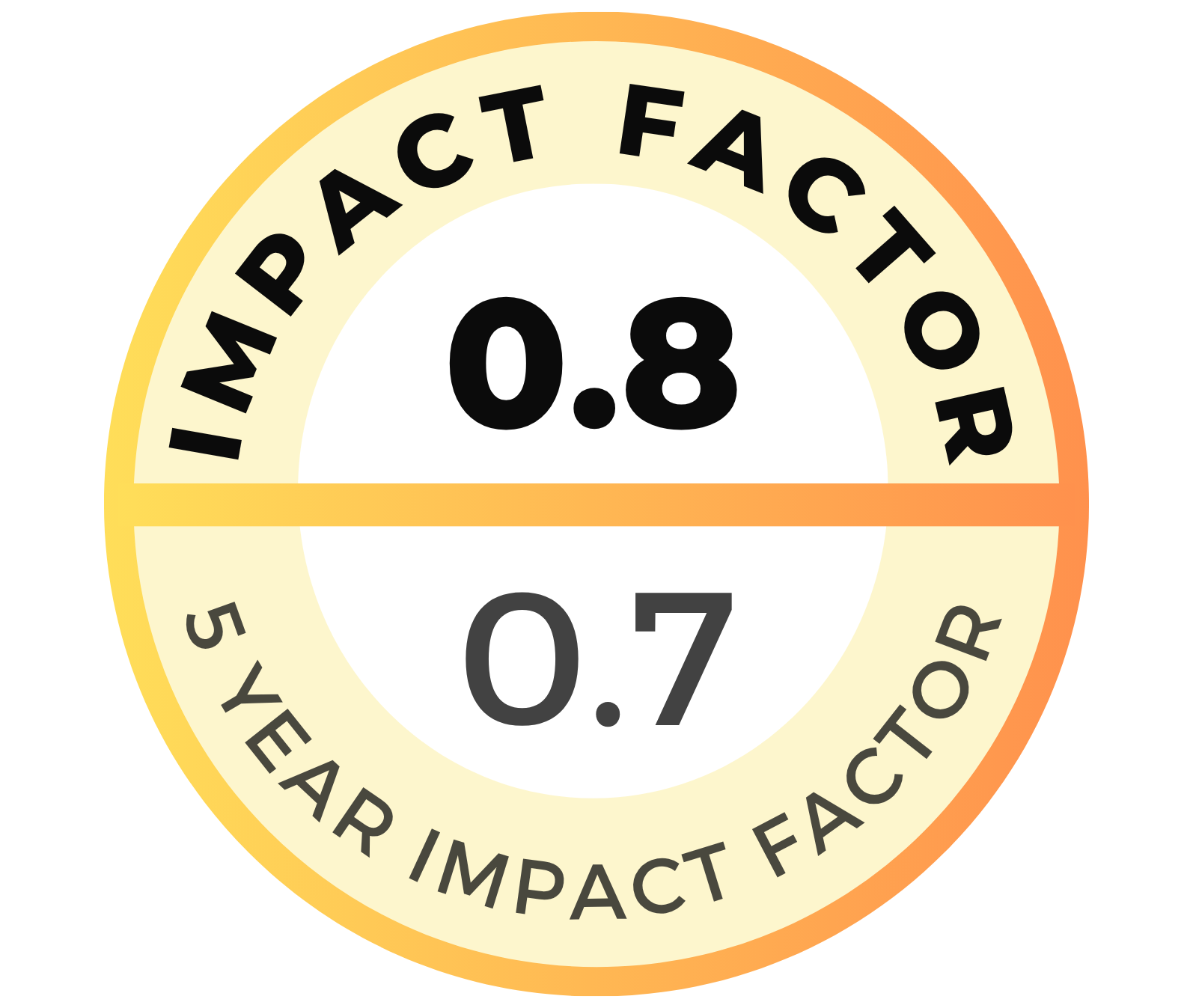The aim of the present study is to propose a holistic approach to estimate structural diversity for forest stands. In this context, a hypothetical data set composed of six plots was created. Each hypothetical plot consists of A (vertical layers), B (species presence and abundance values), and C (horizontal layers) factors. Shannon’s entropy and information measures (totally 34 diversity partitions) were computed for each of the plots. Next, principal component analysis was employed using the data set obtained from the diversity partitions of all the plots. The first axis the principal component analysis explained the majority of total variance. According to the locations of the plots along with the first principal component analysis axis, not only species richness but also their vertical and horizontal distribution homogeneity played important roles. The principal component analysis results are meaningful since high structural diversity is characterized by a high number of species and heterogeneity of vertical and horizontal species distribution. Holistic approach seems to be promising to evaluate the structural diversity of forest stands. Further studies should therefore be done to confirm the accuracy of this novel approach using real ecological community data.
Cite this article as: Özkan, K., Negiz, M.G., & Özdemir, İ. (2025). Structural diversity analysis using Shannon’s entropy and information measures. Forestist, 75, 0102, doi: 10.5152/forestist.2025.24102.




.png)
